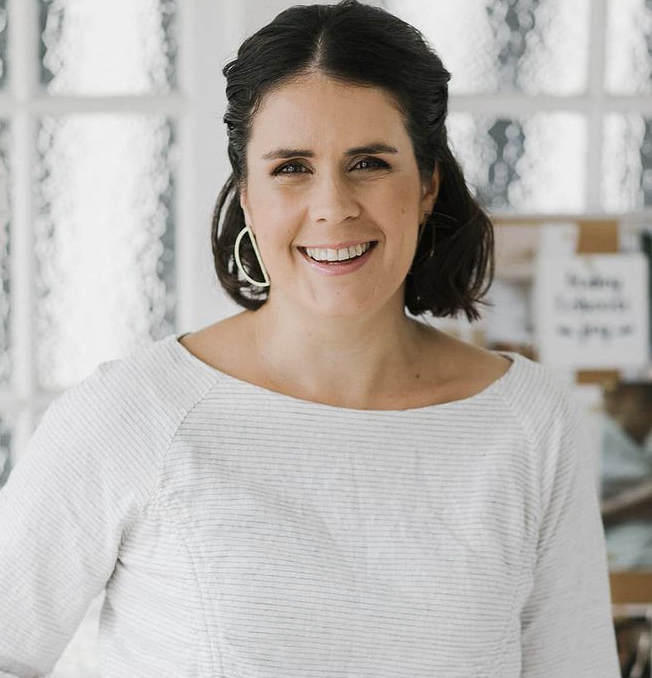
Mastering the art of L&D content curation

PM Insight and Go1 recently hosted a webinar together, diving into the intricacies and impacts of masterfully curated content. The expert discussion covered how L&D professionals can optimise their online content libraries to boost upskilling and reskilling opportunities, giving employees renewed enthusiasm for learning.
Joined by Lori Niles-Hoffman from Niles-Nolen, Paul Neville, a Master Practitioner of Strengthscope and Naomi Hepworth, Sales Manager at Go1 the session was expertly mediated by Jennifer Jackson, contributing editor of PM Insights.
The panelists opened the discussion by defining what people mean when they speak of ‘content curation’. As an expert in the field, Lori jumps in to compare L&D content curation to creating an 80’s mixtape - What will trigger the most emotion? What am I going to get the most out of? We need to be selective and strategic about what we include, much like we do for our favorite music. She points out that content curation is not something new and has been practiced for a very long time, it’s just that now, we’re in an exciting time where digital transformation is allowing us to curate at scale.
Jennifer turns to the audience with a poll question ‘when it comes to content curation, which of the following best describes your function?’ The answers come through in the following breakdown;
- Learners have access to content libraries (eg; linkedin learning) - 23%
- We create pathways or collections of courses and resources - 74%
- We use an AI tool to manage curation - 3%
The group are not surprised by the outcome of the poll and are pleased to see that most people are curating courses and resources - they also point out that the 3% figure is representative of where people are as a business and that they suspect that number will grow as we increasingly strive to use technology across L&D functions.
Jennifer then asks each of the panelists what common mistakes L&D leaders make when it comes to content curation. Naomi thinks it’s letting ourselves get overwhelmed by the wealth of content available and forgetting to focus on what it is we actually want to achieve. She also makes a pertinent point about making sure content is up to date, that it is validated and accurate. Paul finds time pressure to be a big hurdle. He points out that courses need to be curated for every level so that time can be saved if someone doesn’t need to cover each section of a course. Lori supports both their comments and concludes that less is more, when it comes to the content we’re consuming and the time we dedicated to it. She also stresses that all curation strategies need to align with business and personal goals in order to be truly successful. Paul provides the audience with food for thought by asking them to think about their philosophy - is their business trying to fix problems or looking to grow? He encourages them to embrace positive psychology, rather than defaulting to the deficit model.
The next poll question to the audience asks ‘in your L&D functions, which of the following data type do you use most?’ to which the breakdown appeared as follows;
- Completion - 58%
- Test scores and evaluation - 18%
- Dynamic data like search terms or hashtags - 4%
- HR & business performance data (ie; sales, audit scores) - 20%
Naomi is adamant that data is king as it gives us an indication for a want and need with valuable context - she warns that completion rates can be as high as they are because they are mandatory - these stats may not always tell the full story. Lori is also a true advocate of leveraging data to better develop learning strategies and suggests listeners broaden their horizons as much as possible to find new nuggets of information across eclectic data sets. The panelists discuss the different types of content, from in person, to digital and social formats - they talk about how to navigate copyright issues though they are confident that these can be easily resolved since sharing content far and wide has become normalised.
As the session comes to a close, the panelists turn to the public again to allow time for questions - once answered, Jennifer asks her guests to shortly state what their main takeaways from the session would be - to which they each answered: ‘Goal setting and considering business objectives’, according to Naomi, ‘Fluid and adaptable pathway curation’ according to Lori and finally, ‘dialogue’ for Paul.
For more insights, subscribe to the Go1 newsletter to stay on top of all the latest L&D trends. Or, you can book a demo today to find out how Go1 can help with your team’s learning needs.




